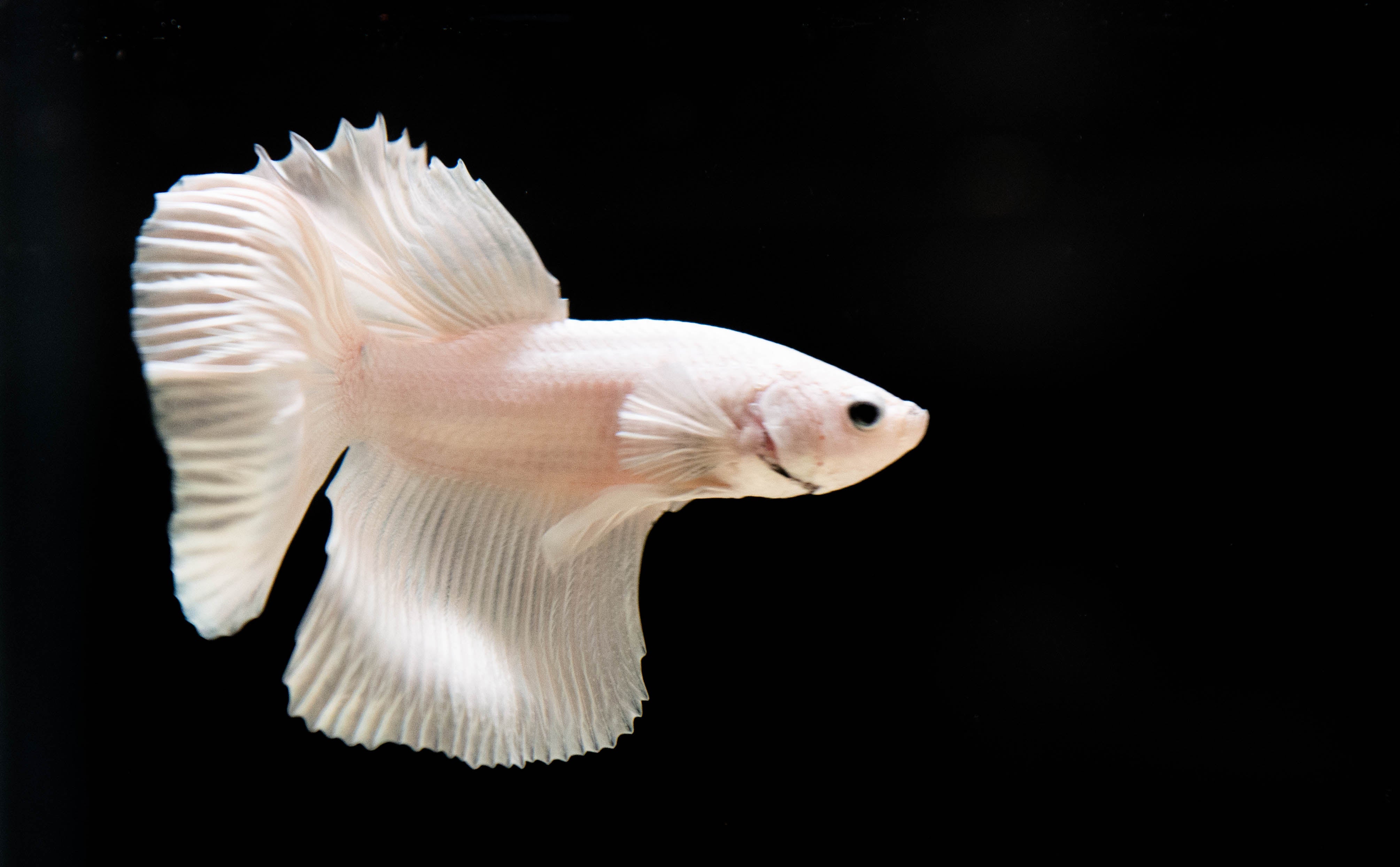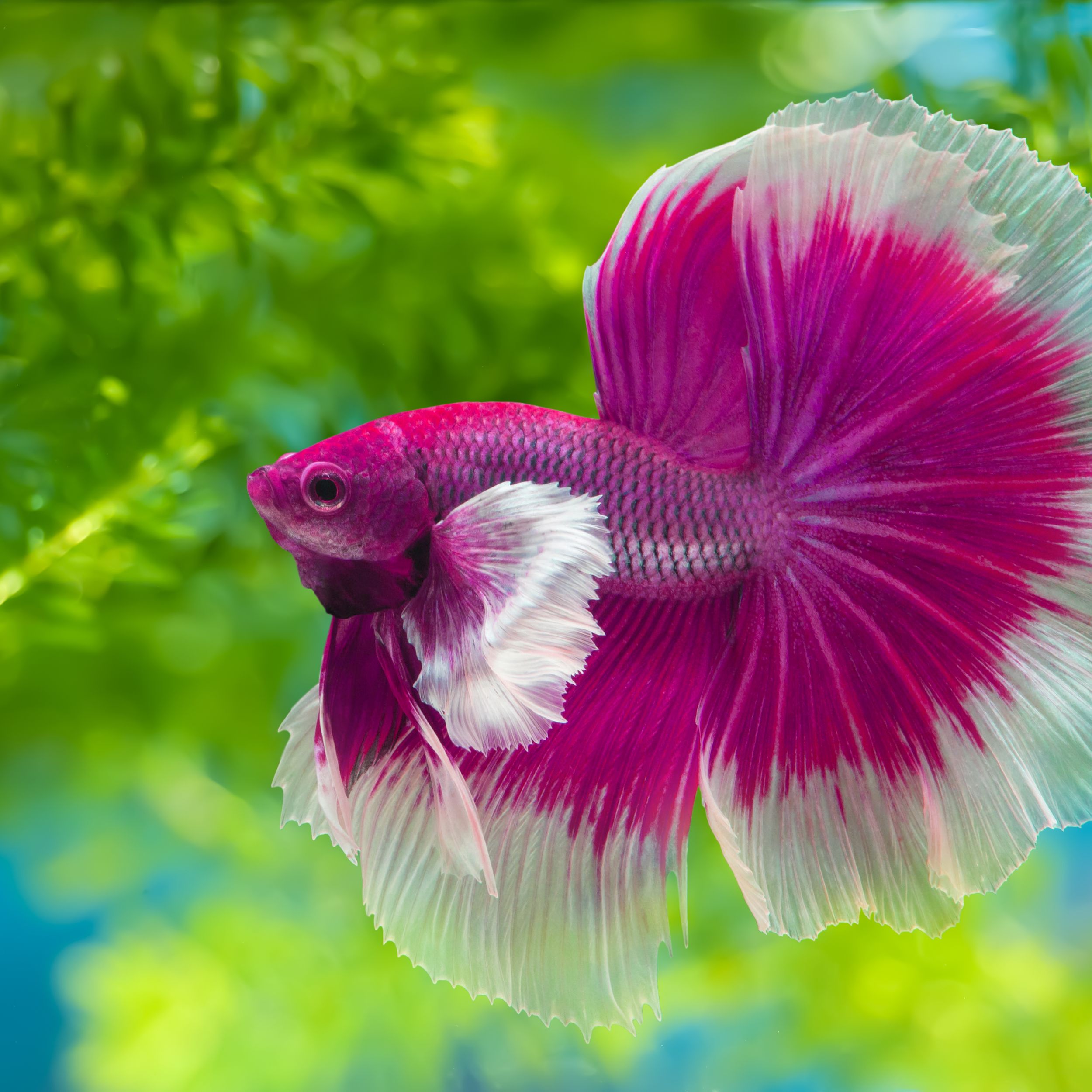How to Present Betta Fish to a Community Storage Tank Securely
Reproducing Betta Fish: a Comprehensive Step-By-Step Guide to Effectively Raising Baby Bettas From Eggs to Their Adult Years
Reproducing Betta fish is a careful undertaking that needs cautious preparation and execution to ensure the effective advancement of fry from eggs to develop fish. As the male Betta carefully constructs a bubble nest and guards the precious eggs, the succeeding phases of care and transition demand attention to detail and expertise of ideal practices.

Selecting Breeding Pairs
When getting started on the trip of breeding Betta fish, picking the right breeding pairs is crucial to achieving preferable traits and a healthy family tree - betta fish. The primary step in this process is to recognize the details qualities you desire to enhance or preserve, such as shade, fin kind, and physique. It is important to select genetically varied pairs to stay clear of inbreeding, which can bring about health issues and unwanted features
Assess possible reproducing candidates very carefully. A healthy male Betta must display dynamic shades, an active disposition, and well-formed fins, while the woman ought to additionally show dynamic coloration and a rounded stomach, suggesting readiness for spawning. Observing the personality of both fish is crucial, as aggressive or extremely shy individuals may not reproduce successfully.
Keeping documents of the moms and dad fish's origins can aid you track hereditary characteristics and possible concerns. Ultimately, investing time in the selection process will significantly enhance the probability of producing strong, lively offspring that satisfy your reproduction goals.

Preparing the Breeding Storage Tank
Producing an optimum breeding atmosphere is a key action after picking ideal sets for Betta fish. The breeding storage tank ought to be particularly made to provide convenience and stimulate the natural reproduction habits of the fish. Start with a tank size of at the very least 10 gallons to ensure appropriate space for both the male and female Bettas.
Maintain a mild filtration system to maintain the water clean while staying clear of strong currents that can emphasize the fish. Furthermore, an air stone can be included in provide oxygenation without interrupting the water surface area also a lot.
Temperature guideline is essential; go for a stable array of 78-82 ° F(25-28 ° C) making use of a trustworthy heating unit. The pH degree must be kept in between 6.5 and 7.5, and normal water changes are necessary to make sure high water high quality.
Include floating plants or generating mops to create concealing places for the lady, while additionally motivating bubble nest building by the male - betta fish. Ultimately, make certain the tank is without sharp decorations and any kind of potential risks, as the welfare of the fish must always be prioritized throughout this crucial phase of reproduction.
The Reproduction Refine
Typically, the reproducing procedure for Betta fish entails a series of distinctive and visible behaviors that show preparedness for recreation. The male Betta begins by constructing a bubble nest at the water's surface area, which works Go Here as a website for the fed eggs. This nest is crucial, as it supplies a risk-free setting for the eggs until they hatch.
Once the nest is developed, the male will show courtship habits, such as flaring his fins and exhibiting dynamic colors to draw in the female. The female, upon picking up the man's readiness, will react by presenting vertical stripes along her body, signifying her receptiveness.
When the women methods, the male engages in a mating dancing, usually bring about an accept recognized as the "spawning." During this embrace, the female launches her eggs, which the male feeds instantly. The fertilized eggs then are up to the bubble nest, where the male meticulously gathers and returns them to the nest. Following this, the male assumes obligation for guarding the nest and making certain the safety and security of the eggs up until they hatch, normally within 24-36 hours. This phase is critical in the breeding process, laying the structure for successful fry development.
Taking Care Of Betta Fry
Looking after Betta fry requires careful interest to their atmosphere and nourishment to ensure healthy development and advancement. After hatching out, Betta fry are incredibly tiny and vulnerable, demanding a steady and clean environment. Keeping a water temperature level between 78 ° F and 80 ° F is important, as Betta fry prosper in warm conditions. In addition, ensure that the water is complimentary of damaging toxic substances; regular water changes of 10-20% are advised to maintain optimum water high quality.
Feeding Betta fry is similarly vital. They must be offered infusoria or carefully smashed premium fry food, as their mouths are too little to take care of bigger bits. As they grow, you can gradually introduce bigger foods, such as infant brine shrimp or pop over to this site powdered flakes, to ensure they get adequate nutrition. Feed them little quantities a number of times a day, bewaring not to overfeed, which can result in water high quality problems.
Transitioning to Grownup Bettas
As Betta fry mature, transitioning them to grown-up Bettas is a crucial stage that calls for cautious management of their atmosphere and social communications. This process typically begins when the fry reach around six weeks of age, at which point they can be slowly introduced to a more structured living environment.
To facilitate this transition, it is important to ensure that the water criteria-- such as temperature level, pH, and ammonia levels-- are ideal and steady. Adult Betta fish thrive in warm water (around 78-80 ° F) with a pH of 6.5 to 7.5. Progressively accustom the fry to these problems to lessen tension.
Social interactions are one more key element; man Bettas are infamously territorial and hostile. For that reason, it is suggested to separate males right into private storage tanks as they grow. Women Bettas can be housed visit site together, but care should be required to keep track of for signs of aggression.
Additionally, dietary changes ought to be made as the fry expand. Include high-grade pellets and live foods to sustain their development and health and wellness. By taking care of these factors successfully, you can promote an effective transition to their adult years for your Betta fish.

Final Thought
Effective reproduction of Betta fish calls for cautious focus to detail throughout the whole process, from picking genetically diverse sets to offering ideal care for fry. Furthermore, a balanced diet plan and steady adjustment to adult environments are important for the development and advancement of Betta fish.